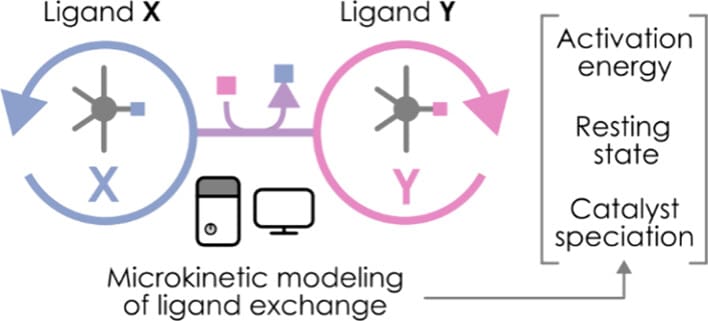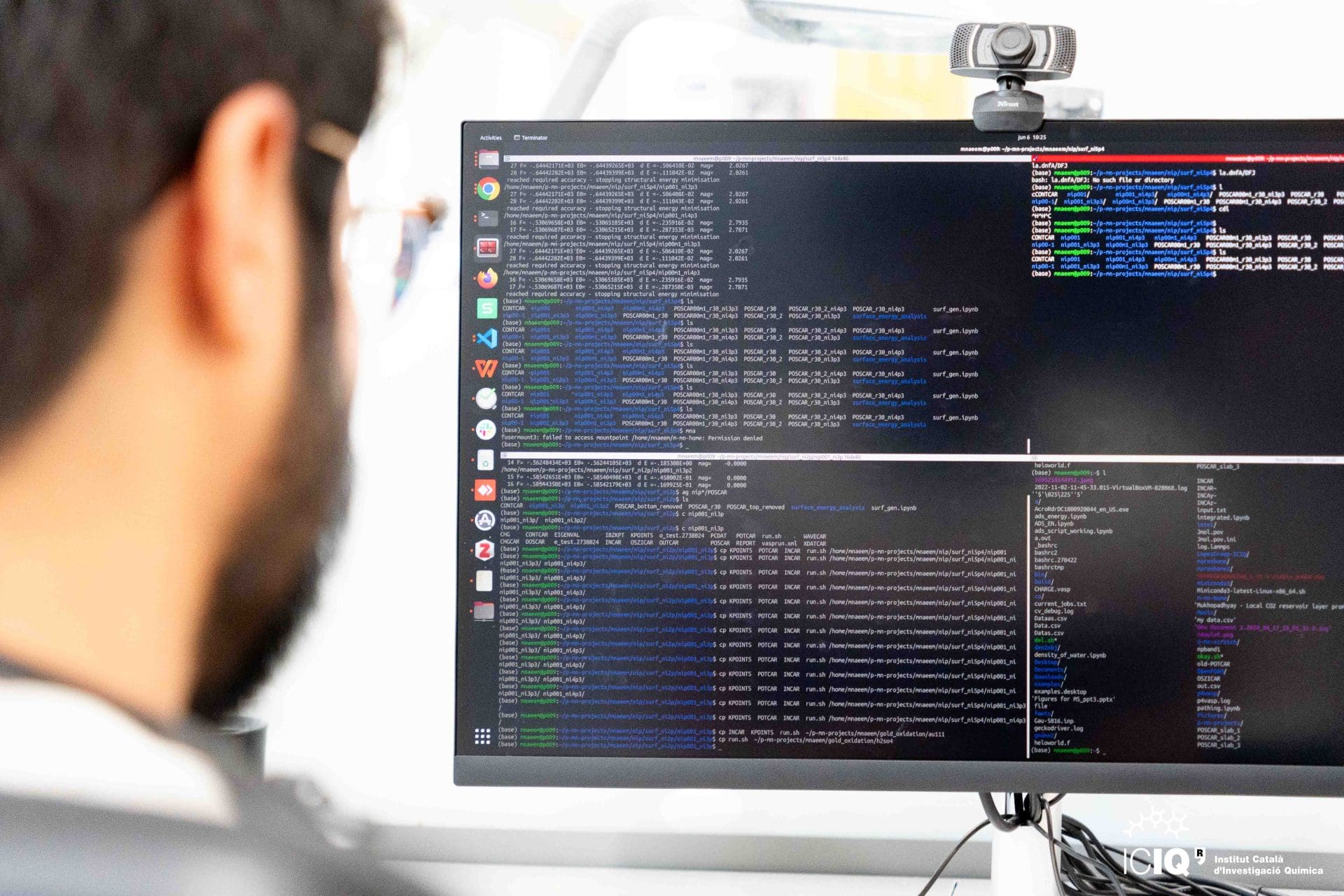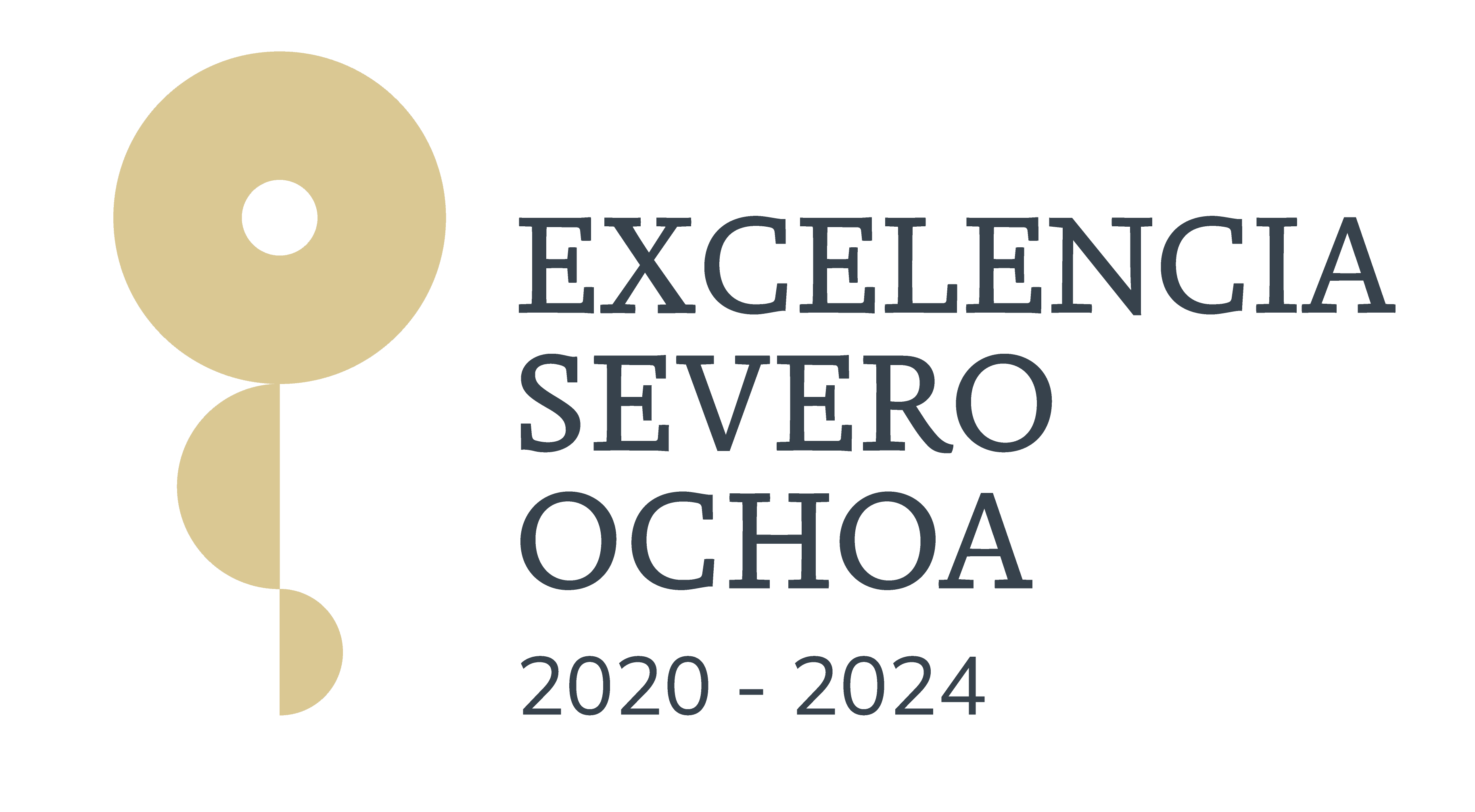Microkinetic Assessment of Ligand-Exchanging Catalytic Cycles
Computational chemistry has become a fundamental part of the understanding and optimization of catalytic processes. Among these, the characterization of homogeneous organometallic catalysts, combining an active transition metal atom and set of ligands, is one of the main fields of application of these kinds of studies. More recently, microkinetic studies have been employed to bridge the gap between experimental measurements such as conversion or selectivity and the Gibbs free energies gathered by computations. In this work, we have developed an automated framework (MicroKatc) for microkinetic analysis, to tackle the yet understudied effect of ligand exchange processes that modify the nature of the catalytic scaffold in situ. We report the application of such a framework to the rhodium-catalyzed hydroformylation of ethylene, confirming the acceleration of the reaction as trimethylphosphine (PMe3) displaces the carbonyl ligands in the catalyst by means of simulations at variable phosphine concentrations, as well as the determination of the degree of rate control (DRC) and apparent activation energies throughout the catalytic process.

Abdullayev, O.; Garay-Ruiz, D.; Bori-Bru, B.; Bo, C.
ACS Catal. , 15 (6), 4739-4745
DOI:
10.1021/acscatal.5c00348
Associated projects:
-
CompChem-4.0
This project is aimed at applying modern computational chemistry methods to solve problems in the fields of catalysis and nanoscience, some of those called emerging chemical technologies that show great promise for alleviating important societal problems and for a sustainable development.
See more -
Data4Mat
Data4Mat will boost the digital discovering of new catalysts to help solving crucial societal challenges such are the climate change and the quest for alternative energies sources by applying modern computational chemistry methods and advanced data treatment. Fixing CO2 to create value-added chemicals as are organic carbonates and/or polycarbonates, and finding catalytic materials to form hydrogen efficiently are the two main targets of the project.
See more

Let's create a brighter future
Join our team to work with renowned researchers, tackle groundbreaking
projects and contribute to meaningful scientific advancements























